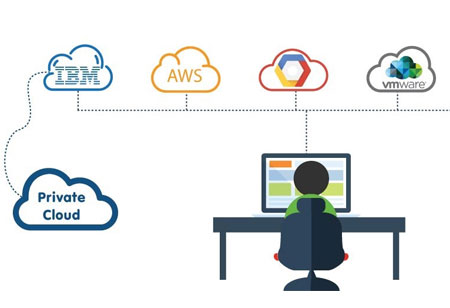THANK YOU FOR SUBSCRIBING
Demand for Multi-cloud Architecture Security
To become successful in this business, it is essential to develop a multilayered strategy that makes use of technologies which will secure both the applications and the data.

By
Apac CIOOutlook | Thursday, January 01, 1970
Stay ahead of the industry with exclusive feature stories on the top companies, expert insights and the latest news delivered straight to your inbox. Subscribe today.
Multi-cloud architecture has been adopted by many organizations as a result of prudent planning and strategic decision making. Some of the organization end up here by accident and some of them end up here by design. Various teams in an organization will make the decisions regarding cloud service or an acquisition will bring people and technologies together that was never expected to be joined.
In terms of cloud-architecture, many organizations find that they have deployed resources to more than one cloud service provider. Also, having multi-cloud architecture means a secure multi-cloud architecture. To become successful in this business, it is essential to develop a multilayered strategy that makes use of technologies which will secure both the applications and the data. Control on user access that works across the cloud boundaries need to be kept in mind. The multi-cloud feature of SuperCloud uses a distributed cloud system of multiple providers. This ensures that the users have their data hosted in their nearest data centers for all providers of their systems apart from the nearest one of a single provider. A separate security layer is provided between the customer cloud and provider-control cloud as a part of the SuperCloud’s multi- cloud architecture. It allows the users to host user-centric clouds which are specially encrypted for each user, despite of the fact if it is an organization or a person. They can also be hosted through the same public or private provider, but are separated through other u-clouds through U-cloud boundaries that are created through the security layer.





